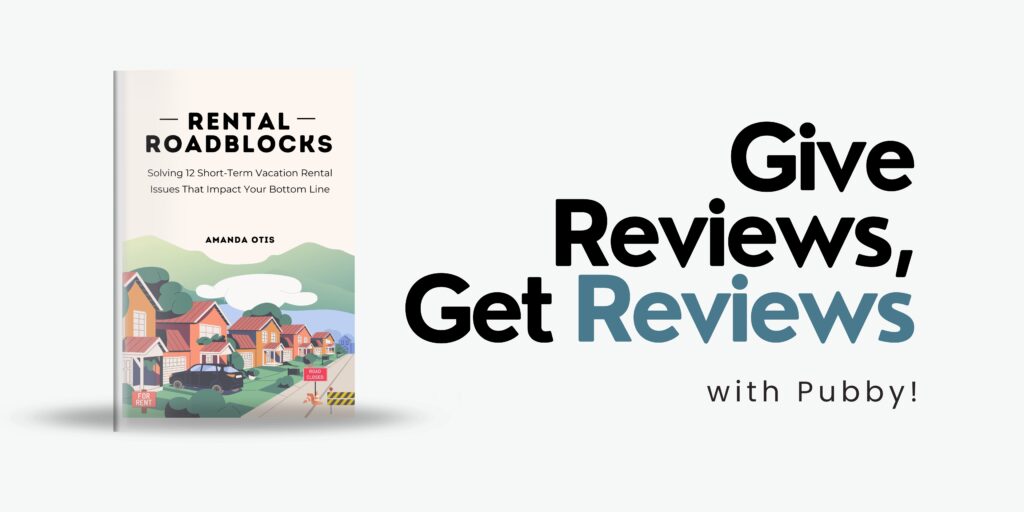
Book reviews are one of the most powerful tools for increasing your book’s visibility, credibility, and sales. Whether you’re a self-published author or traditionally published, reviews influence potential buyers and help you unlock promotional opportunities on platforms like Amazon.
In this post, I’ll break down how to use book reviews effectively, including Amazon’s 25-review threshold for certain promotions, and other strategies to maximize your book’s success.
Why Book Reviews Matter
Book reviews serve multiple purposes:
✅ Social Proof – Readers trust other readers. A book with many positive reviews signals quality.
✅ Amazon & Algorithm Boost – Reviews contribute to your book’s ranking and visibility.
✅ Marketing & Promotions – Reviews unlock advertising options and help attract more readers.
Now, let’s dive into how to get and use them strategically.
How to Get More Reviews for Your Book
1. Ask Your Readers Directly
Your email list, social media followers, and beta readers are great places to start. After someone finishes your book, send a follow-up message asking for a review.
📌 Example Email Template:
“Hey [Reader’s Name], I hope you enjoyed [Book Title]! If you have a moment, I’d love to hear your thoughts in an honest review on Amazon. Reviews help other readers decide if this book is right for them and allow me to keep writing more books like this. Here’s the link: [Insert Review Link]. Thanks so much!”
2. Use an ARC (Advanced Reader Copy) Team
An ARC team consists of early readers who receive a free copy in exchange for an honest review. Reach out to book bloggers, Goodreads groups, or even loyal readers on your mailing list to build your ARC team.
3. Offer a Gentle Reminder at the End of Your Book
Include a page at the end of your book encouraging readers to leave a review.
Example text:
“If you enjoyed this book, the best way to support an independent author is by leaving a review on Amazon or Goodreads. Even a few words make a huge difference. Thank you!”
4. Run Limited-Time Promotions to Increase Readership
More readers mean more potential reviews. Consider:
- Kindle Countdown Deals (Discount your book for a limited time)
- Free Promotions through Kindle Unlimited
- Giveaways on Goodreads or social media
5. Participate in Review Exchange Groups (Ethically!)
Join Facebook groups or author communities where readers voluntarily review books in exchange for free copies. Avoid fake or paid reviews, as Amazon strictly prohibits them.
Amazon’s 25-Review Rule and Why It Matters
Amazon has certain promotional and advertising features that become available once you reach at least 25 reviews, including:
✅ Eligibility for Amazon Ads
Once your book has 25+ reviews, you can apply for Amazon Marketing Services (AMS) ads, giving your book more visibility.
✅ Increased Organic Exposure
Amazon’s algorithm favors books with more engagement (reviews, ratings, and purchases). Crossing the 25-review threshold helps your book appear more frequently in searches and recommendations.
✅ Inclusion in Promotional Deals (e.g., Kindle Daily Deals)
Amazon is more likely to promote books with a good number of reviews. Some promotional features, like Kindle Daily Deals, favor books with strong reader engagement.
Pro Tip: Aim for 50+ reviews to unlock even more promotional opportunities and increase conversion rates.

How to Use Reviews in Your Marketing Strategy
Showcase Reviews on Your Book Page & Website
Feature standout reviews in your book description, website, and sales pages. Example:
⭐⭐⭐⭐⭐ “This book completely changed the way I think about [topic]. A must-read for anyone who loves [genre]!” – Amazon Reviewer
Repurpose Reviews for Social Media Content
Create engaging graphics or quote images featuring strong reviews and share them on:
- Instagram stories
- Facebook posts
- Twitter/X threads
- TikTok bookish content
Leverage Reviews in Ads & Promotional Materials
When running Amazon, Facebook, or BookBub ads, include snippets of positive reviews to build credibility.
Example Ad Copy:
“Readers are raving about [Book Title]! ‘An absolute page-turner with unforgettable characters’ – Grab your copy today!”
4. Use Reviews for Press & Media Outreach
If a notable reviewer or publication praises your book, use it in press releases or pitches for media coverage.
Handling Negative Reviews Like a Pro
Not all reviews will be glowing, and that’s okay! Here’s how to handle them:
✅ Stay Professional – Never argue with reviewers. Respect their opinion.
✅ Look for Constructive Feedback – If multiple readers mention the same issue (e.g., typos, pacing), consider making updates.
✅ Balance Perspective – A mix of positive and critical reviews makes your book appear more authentic.
Building a strong base of reviews takes effort, but the payoff is huge. Focus on:
- Encouraging reviews naturally
- Engaging with your readers
- Leveraging reviews for visibility and marketing
The more reviews you gather, the more momentum your book will gain—leading to increased sales, more readers, and bigger promotional opportunities.

Book Review Websites
Authors seeking to have their books reviewed and to review others’ works can engage with several reputable, Amazon-compliant platforms designed to facilitate such exchanges.
Pubby is a notable service that connects authors aiming to increase their book reviews on Amazon. By reviewing fellow authors’ books, members earn points—referred to as “snaps”—which they can then use to receive reviews for their own books. This reciprocal system ensures compliance with Amazon’s policies, as it avoids direct review swaps and monetary transactions for reviews. Pubby offers a free trial period, after which a subscription fee applies.
Book Bounty is another platform that facilitates the exchange of book reviews among authors. While specific operational details are limited, it is understood that Book Bounty provides a system where authors can both give and receive reviews, fostering a community of mutual support.
When participating in these platforms, it’s crucial to adhere to Amazon’s review policies to maintain compliance. This includes avoiding direct review exchanges and ensuring that all reviews are unbiased and genuine.

Leave a Reply